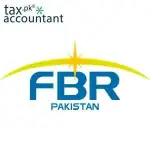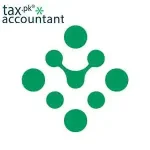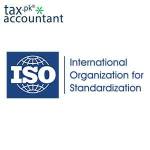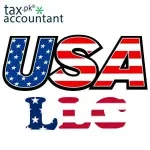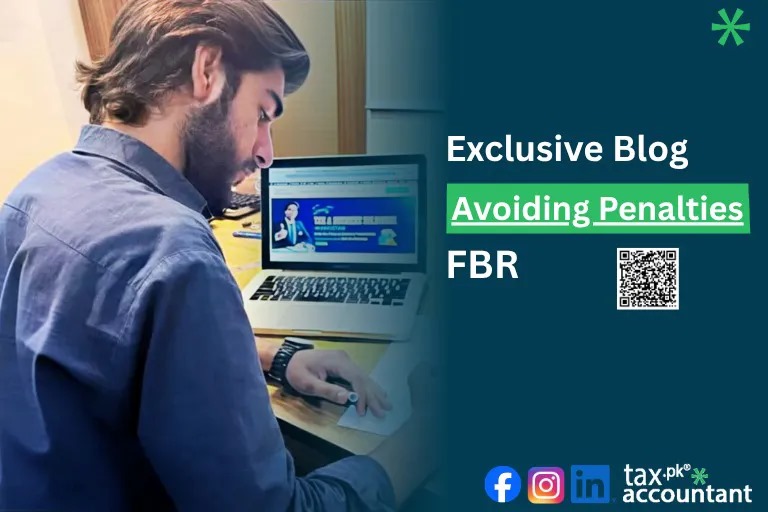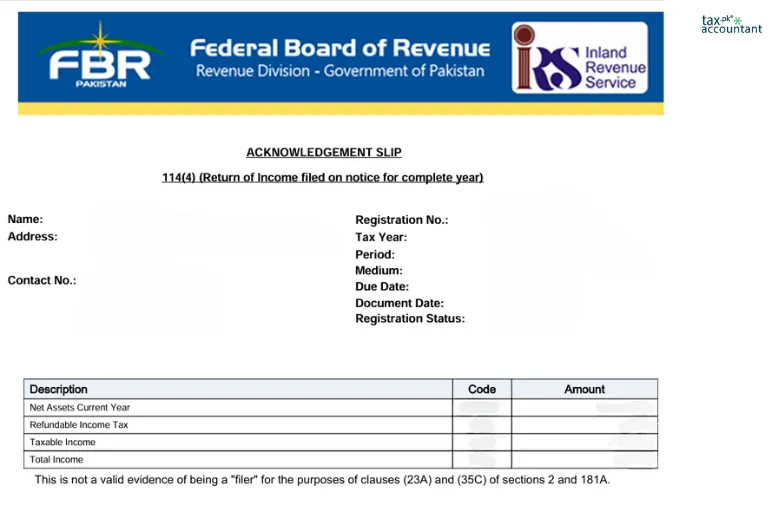
Form 29 is a crucial document used in various contexts, primarily associated with the transfer of ownership and management changes in companies and vehicles.
In this blog article, we will explore about the different types of Form 29, its significance, and the procedures involved in its application across different sectors.
Types of Form 29
- SECP Form 29
- RTO Form 29
- Pharmaceutical Test License Form 29
SECP Form 29
Overview
SECP Form 29 is a mandatory document for companies registered with the Securities and Exchange Commission of Pakistan (SECP). It is primarily used to notify the SECP about any changes in the company’s officers or their particulars. This form plays a vital role in maintaining accurate records of company management and ensuring compliance with legal requirements.
Contents of SECP Form 29
The form consists of several key sections, including:
- Company Information: Details about the company, including its registration number and address.
- Officer Particulars: Information regarding the new or changed officer, including their name, designation, and appointment date.
- Declaration: A statement confirming the accuracy of the information provided.
When to File SECP Form 29
Companies must file Form 29 within 15 days of any change in management, such as:
- Appointment or resignation of directors
- Changes in CEO or other key officers
This timely submission is crucial to avoid penalties imposed by the SECP for late filings.
How to Fill SECP Form 29
Filling out SECP Form 29 requires careful attention to detail. The form has three main parts:
- Part 1: Basic information about the company and payment details.
- Part 2: Details regarding the officer’s appointment or change, including mode (e.g., appointed, re-appointed).
- Part 3: Declaration by the authorized representative confirming the correctness of the information.
Documents Required for Filing
To successfully submit SECP Form 29, companies need to provide several supporting documents, including:
- Copy of the company’s registration certificate
- Identity proof of the new officer
- Any relevant board resolutions
Penalties for Late Filing
Failure to file Form 29 on time can result in significant penalties. The SECP imposes fines that can escalate depending on how late the filing is. Therefore, it is essential for companies to adhere strictly to deadlines.
RTO Form 29
Overview
In India, RTO Form 29 is a critical document required during the transfer of ownership for second-hand vehicles. This form acts as a notice to the Regional Transport Office (RTO) about the change in ownership from one party to another.
Contents of RTO Form 29
RTO Form 29 is divided into three sections:
- Section I: Information about the original vehicle owner.
- Section II: Details about the new vehicle owner.
- Section III: Official endorsement by RTO authorities.
Why is RTO Form 29 Required?
The submission of RTO Form 29 is legally mandated when purchasing a used vehicle. It ensures that:
- The new owner is officially recognized.
- The previous owner is relieved from any future liabilities associated with the vehicle.
Failure to submit this form can lead to complications regarding ownership disputes and legal responsibilities.
How to Fill RTO Form 29
Filling out RTO Form 29 involves several steps:
- Write down the name of the registering authority relevant to the buyer’s location.
- Provide details about both the seller and buyer, including their addresses and identification proofs.
- Include vehicle details such as registration number, make, model, chassis number, etc.
Documents Required with RTO Form 29
To accompany RTO Form 29, buyers must submit various documents:
- Original Vehicle Registration Certificate
- Pollution Under Control Certificate
- Identity Proof (e.g., PAN Card, AADHAR Card)
Pharmaceutical Test License on Form 29
Overview
In the pharmaceutical sector, a Test License on Form 29 is essential for companies looking to manufacture drugs for examination and testing purposes. This license ensures that all safety regulations are adhered to during drug testing processes.
Significance of Test License on Form 29
- Legal Requirement: Companies must obtain this license before conducting any drug tests.
- Quality Assurance: Ensures that products meet safety and efficacy standards before market entry.
- Compliance with Safety Norms: Protects public health by enforcing strict testing guidelines.
Documents Required for Test License on Form 29
To apply for this license, pharmaceutical companies need to provide:
- Application form
- Relevant licenses (if applicable)
- Technical staff credentials
Form 29 serves various critical functions across different sectors—be it corporate management changes through SECP regulations, vehicle ownership transfers via RTO requirements, or pharmaceutical testing licenses.
Understanding how to correctly fill out these forms and knowing when they are required can save individuals and businesses from potential legal issues and ensure compliance with regulatory standards.
What are the key differences between SECP Form 29 and Form 9?
When it comes to corporate compliance in Pakistan, the Securities and Exchange Commission of Pakistan (SECP) requires various forms to be filed for different purposes. Two such forms are Form 29 and Form 9.
Understanding the distinctions between these forms is essential for companies to ensure compliance with legal obligations. Below are the key differences between SECP Form 29 and Form 9.
1. Purpose of the Forms
- SECP Form 29: This form is primarily used to notify the SECP about any changes in the management of a company. This includes appointments, resignations, or changes in particulars of officers such as directors, CEOs, and other key personnel. It serves to maintain an updated register of company officers as mandated by Section 197 of the Companies Act 2017.
- SECP Form 9: In contrast, Form 9 is utilized to report specific resolutions passed by the company’s shareholders or members. It is particularly relevant when there are changes that affect shareholder rights or when a special resolution is canceled. Essentially, it serves as a notice to the registrar regarding significant decisions made by the company’s governance structure.
2. Filing Requirements
- SECP Form 29: Companies must file Form 29 within 15 days following any change in management. This prompt filing is crucial to avoid penalties imposed by the SECP for late submissions. The form requires detailed information about the outgoing and incoming officers and necessitates supporting documents such as resignation letters or consent forms from new appointees.
- SECP Form 9: The filing timeline for Form 9 is also set at 15 days, but it is specifically tied to the date when a special resolution is passed or canceled. The form must include details about the resolution, including its nature and implications for shareholder rights.
3. Content Structure
- SECP Form 29: The structure of Form 29 includes multiple sections:
- Basic information about the company
- Details about the officer being appointed or removed
- A declaration confirming the accuracy of the submitted information
- SECP Form 9: This form typically includes:
- The name of the company
- The details of the resolution being reported
- Signatures from authorized representatives confirming that the resolution was duly passed
4. Supporting Documentation
- SECP Form 29: When filing this form, companies must attach various supporting documents depending on the nature of the change reported. For instance, if a director resigns, a resignation letter must be included; if a new director is appointed, their consent form is required.
- SECP Form 9: Generally, this form does not require extensive supporting documentation but may need evidence that a meeting was held where the resolution was passed (e.g., minutes of the meeting).
5. Legal Implications
- SECP Form 29: Failure to file this form on time can result in fines and penalties for non-compliance with corporate governance regulations. It also affects the validity of appointments or removals if not properly documented.
- SECP Form 9: Similarly, not filing this form can lead to legal complications regarding shareholder rights and governance issues within the company, especially if resolutions impact shareholder interests.
6. Frequency of Filing
- SECP Form 29: This form is filed as needed whenever there are changes in management personnel throughout the year.
- SECP Form 9: This form is filed less frequently and only when specific resolutions are passed or canceled, making it more situational compared to Form 29.
In summary, while both SECP Form 29 and Form 9 serve important roles in corporate governance within Pakistan, they cater to different needs and scenarios. Understanding these differences helps companies comply with legal requirements effectively and maintain proper records with the SECP.
Companies should ensure timely filing of both forms along with any necessary supporting documentation to avoid penalties and ensure smooth operations within their governance structures.
About Umair A R Mughal
Umair A R Mughal is a unique professional who seamlessly blends the worlds of technology, finance, and regulatory compliance. With a solid foundation as a Chartered Accountant and a passion for technology, Umair offers comprehensive solutions that cater to the evolving needs of businesses in Pakistan.
View all posts by Umair A R Mughal
